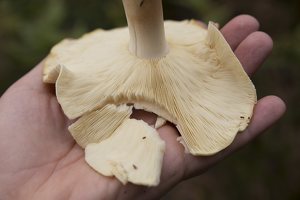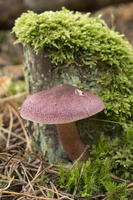- sort orderDefault
Photo title, A → Z
Photo title, Z → A
✔ Date created, new → old
Date created, old → new
Date posted, new → old
Date posted, old → new
Visits, high → low
Random - Google Map
- map
 home / Fungi · grybai / Tricholomataceae · baltikiniai / Tricholomopsis rutilans · raudongalvis baltikenis
home / Fungi · grybai / Tricholomataceae · baltikiniai / Tricholomopsis rutilans · raudongalvis baltikenis

-
 Tricholomopsis rutilans · raudongalvis baltikenis
Tricholomopsis rutilans · raudongalvis baltikenis
-
 Tricholomopsis rutilans · raudongalvis baltikenis
Tricholomopsis rutilans · raudongalvis baltikenis
-
 Tricholomopsis rutilans · raudongalvis baltikenis
Tricholomopsis rutilans · raudongalvis baltikenis
-
 Tricholomopsis rutilans · raudongalvis baltikenis
Tricholomopsis rutilans · raudongalvis baltikenis
-
 Tricholomopsis rutilans · raudongalvis baltikenis
Tricholomopsis rutilans · raudongalvis baltikenis
-
 Tricholomopsis rutilans · raudongalvis baltikenis
Tricholomopsis rutilans · raudongalvis baltikenis
-
 Tricholomopsis rutilans · raudongalvis baltikenis
Tricholomopsis rutilans · raudongalvis baltikenis
Tricholomopsis rutilans · raudongalvis baltikenis
- Plums and Custard, Red-haired agaric
- Purpurfilzige, Rötliche Holzritterling
- raudongalvis baltikenis
- parastā vistene
- rycerzyk czerwonozłoty
https://en.wikipedia.org/wiki/Tricholomopsis_rutilans It is found across Europe and North America. A striking and easily recognised fungus, Plums and Custard takes its common name from its plum-red scaled cap and crowded custard yellow gills. The flesh is cream-coloured and spore print creamy white. The base colour of the cap under the purplish scales is yellow.
Tricholomopsis rutilans can be found growing on tree stumps and logs (especially those of spruce) in coniferous woodlands throughout the northern hemisphere in late summer and autumn. It has also been found, probably accidentally introduced, in Australia and Costa Rica on introduced pine trees.
Many older texts list T. rutilans as apparently able to be eaten after boiling, though not recommended. A couple of more recent books list it as of poor quality, reportedly due to a taste of rotting wood.
Raudongalvis baltikenis auga vasarą, rudenį ant negyvos spygliuočių ir lapuočių medienos. Kepurėlė ir kotas purpuriškai raudoni, žvyneliuoti. Vaisiakūniai dideli, tamprūs, mėsingi. Kepurėlė 8–15 (25) cm skersmens, jaunų – varpelio formos, senesnių – plokščia, rudai raudona, rudai geltona ar violetiškai raudona, žvynuota, ypač šerpetota centrinė dalis. Lakšteliai geltoni, tankūs, platūs, priaugtiniai. Kotas 5–15 (20)×1–5 cm, geltonas, apaugęs raudonais purpuriškais žvyneliais, sumedėjęs. Trama kieta, nekarti, geltona, stora. Lietuvoje labai dažnas. Jaunas galvutes įmanoma valgyti.